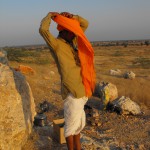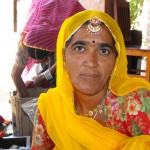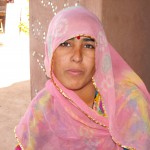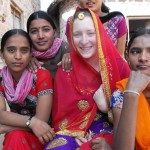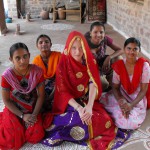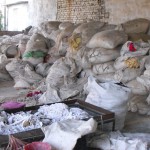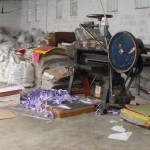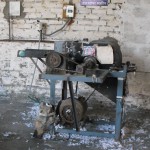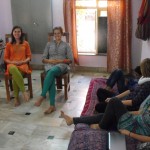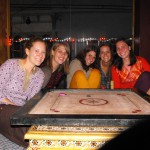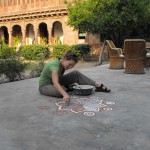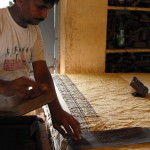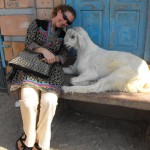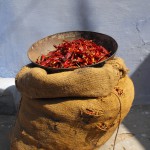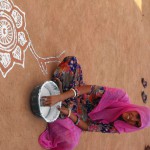So I have been meaning to write a few blogs in the past two weeks and have been sidetracked or detained for different reasons. I feel in India, when you want to be productive, you should always account for problems to arise in your success. These are just things that you must get over and accept as part of life.
For me the biggest problem outside of work is the constant sickness that envelops my previously healthy body. In the U.S I rarely ever got sick, whether it was a simple cold or something larger to require a doctor. In India, however, I feel I am always contracting some small bug or other problem to makes me feel awful and all I want to do is sleep. Right now it happens to be a sinus infection doubling with a broken toe… Don’t ask. Random things happen. This makes it extremely hard to do anything outside of the work that I perform on a daily basis at the crafts center.
Besides being sick of course, there are plenty of other problems that arise to divert my attention from the tasks I set forth at work. Communication is always a hindrance, and even today, while paying the wages, the women and I had to take extra time to go through the literal hand motions and few common words to explain the necessary items in the pay system. The biggest problem I have encountered as of late though is the fact that the partnership with the Indian non-profit, that I had been set on working out, will no longer be an option. So I am back to square one in trying to figure out the best option of training, marketing, selling, and completing my overall tasks while being here in Chandelao. I am already searching and speaking with other Indian groups about the possibilities, but I wish I had not spent as much time thinking it may work out with the last one.
Time is another problem that I encounter here in India. Not that I don’t have plenty of time to get things done, because I do, but the problem lies in the sense of time that Indians possess. Relying on my Indian counterparts to help me with specific tasks takes allocating at least three times longer than expected and constantly reminding them of the mission at hand. The needs I have right now, and that I have had for a minimum of a month, are things like opening a bank account and getting specific items for the center that I cannot get myself. Being a foreigner, I am not allowed to hold an Indian bank account, which means I cannot open the Sunder Rang account and must wait on my supervisor/host father to go to the city and do this himself. This is easier said than done, since the sense of urgency is not there, it is always forgotten about. The same thing happens with items in Jodhpur that I cannot find for the center and need help buying. Sometimes, being unfamiliar and being foreign gets very frustrating.
I just got back from a vacation of 9 days in the south of India and will blog about that soon as well. I had meant to write while I was gone, but the time budgeted for travel was simply not enough time for leisure and unfortunately that was what my companions and myself needed most.

